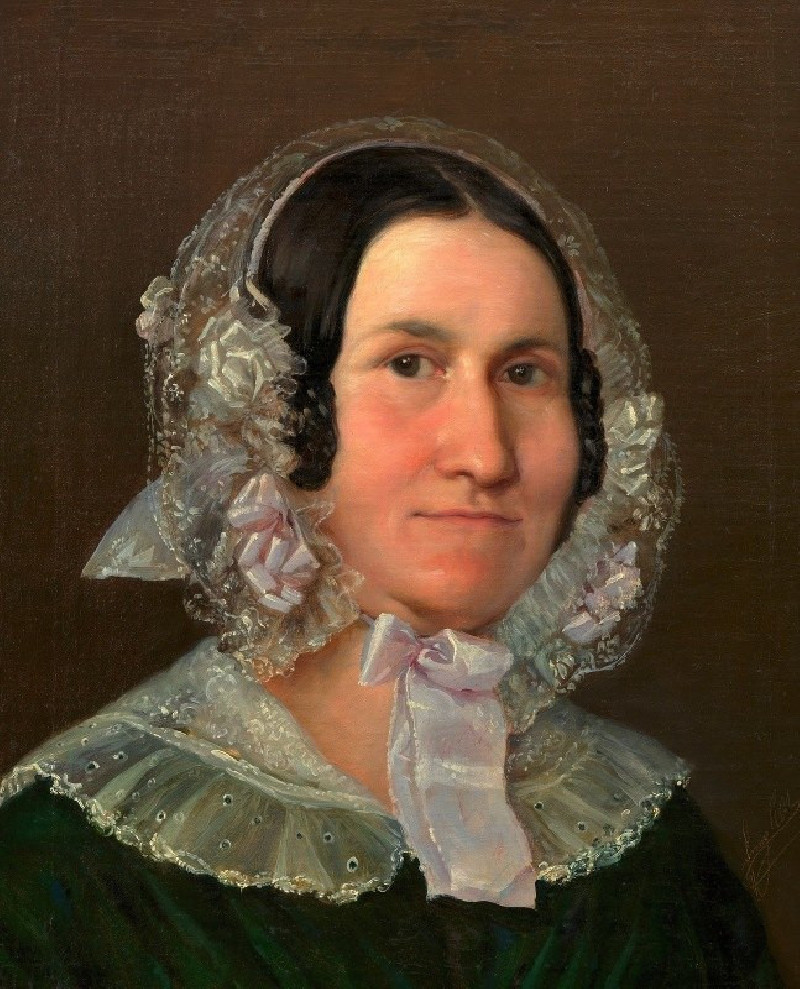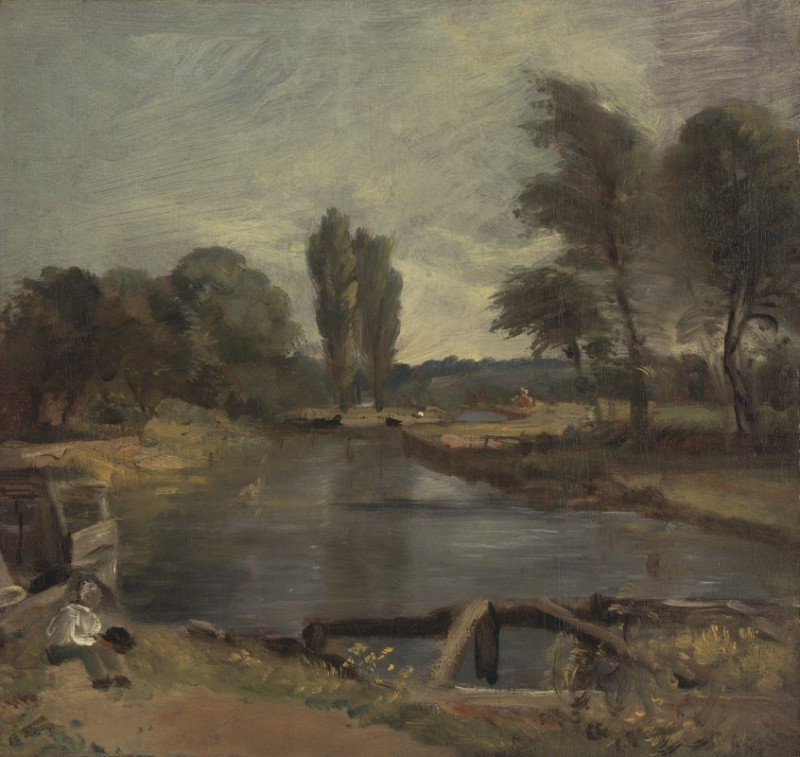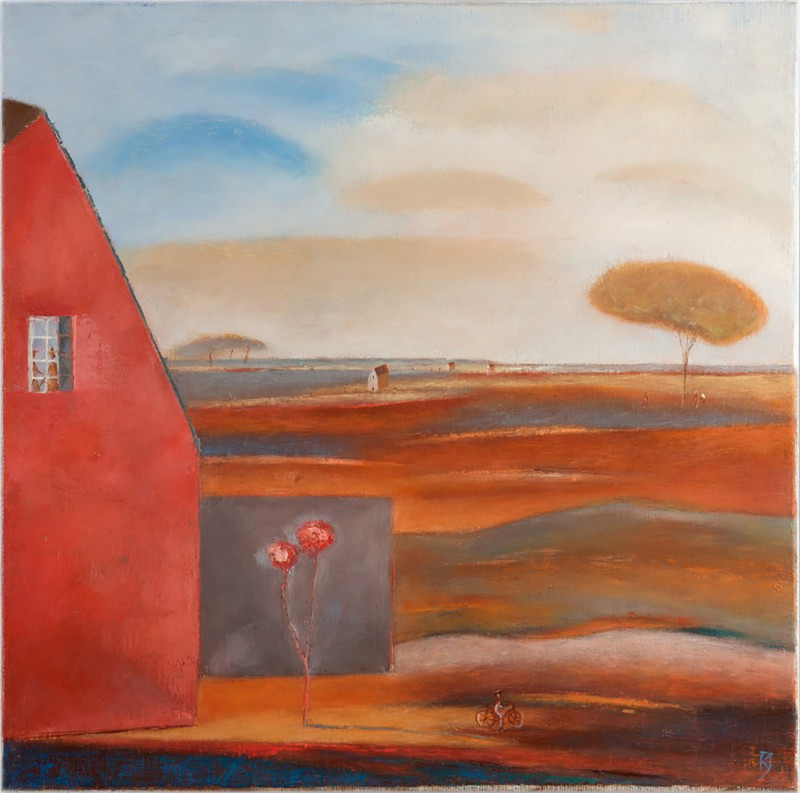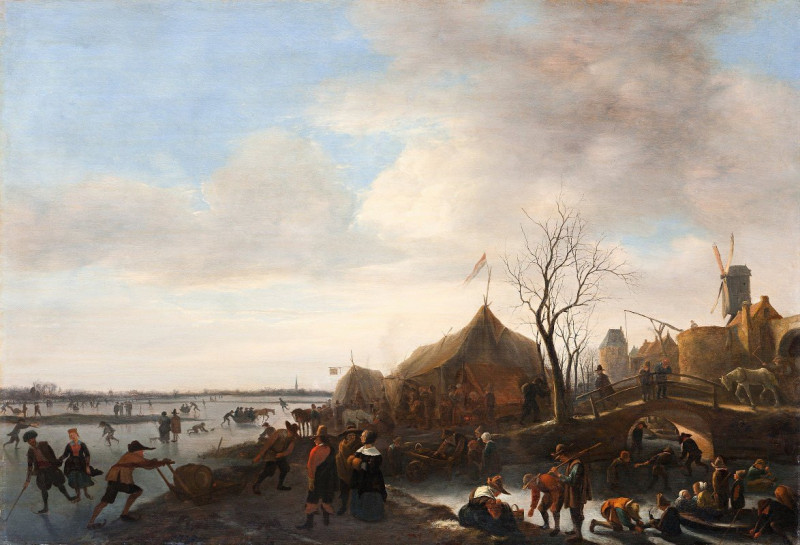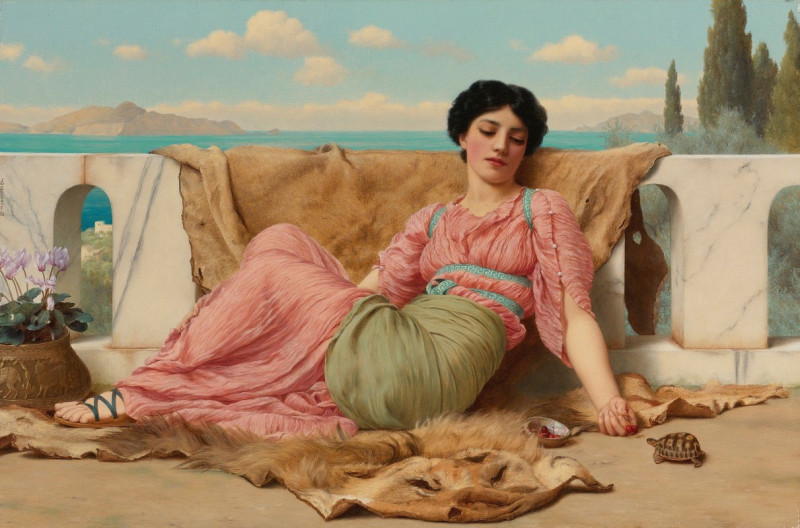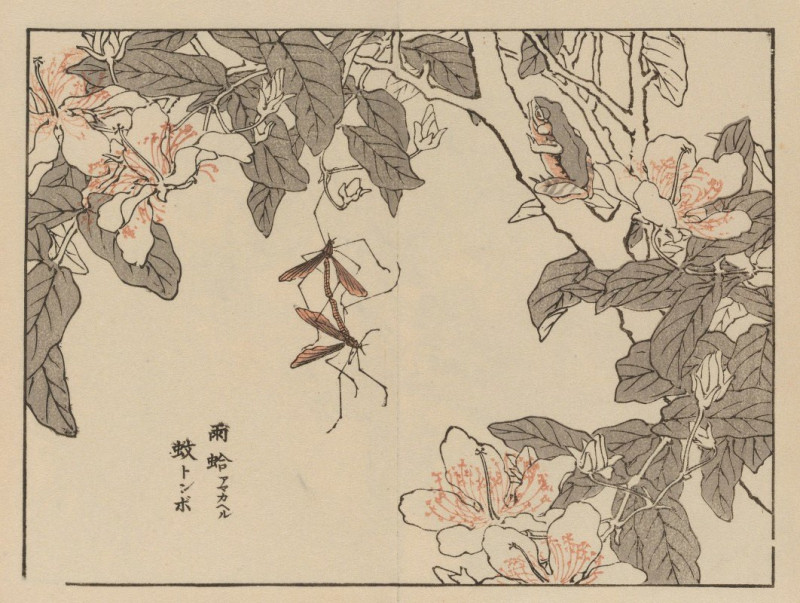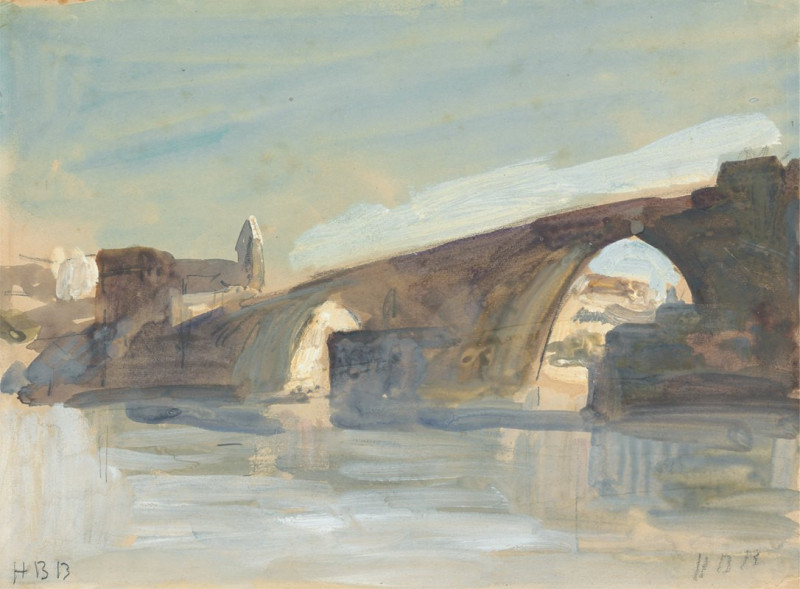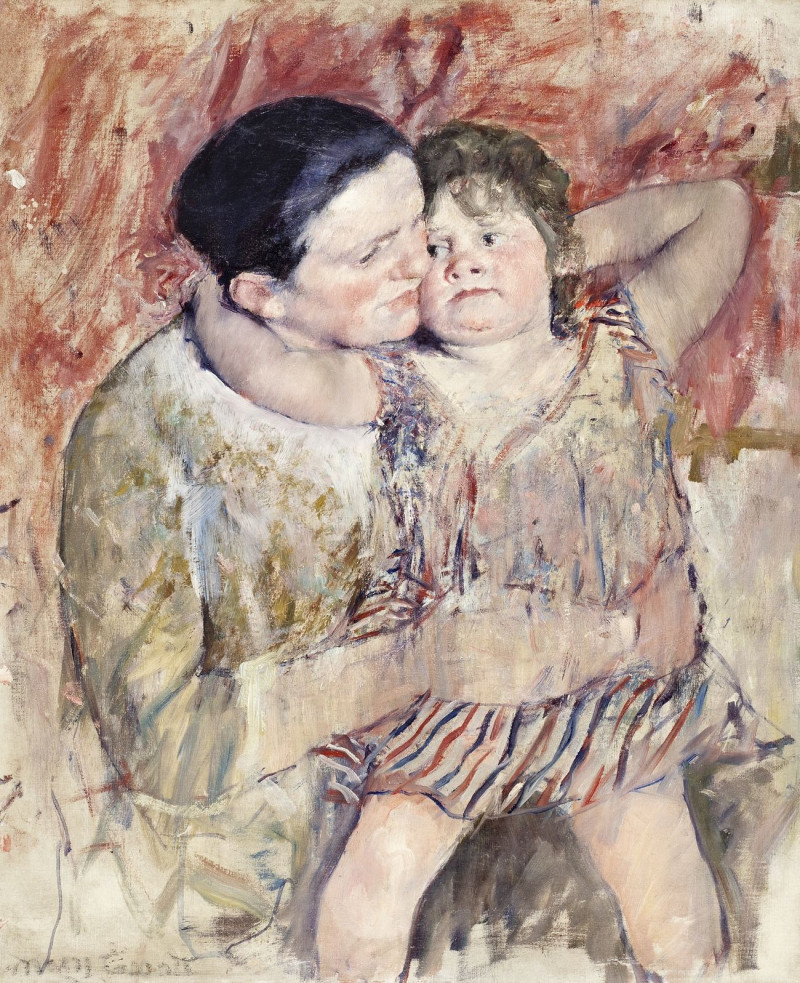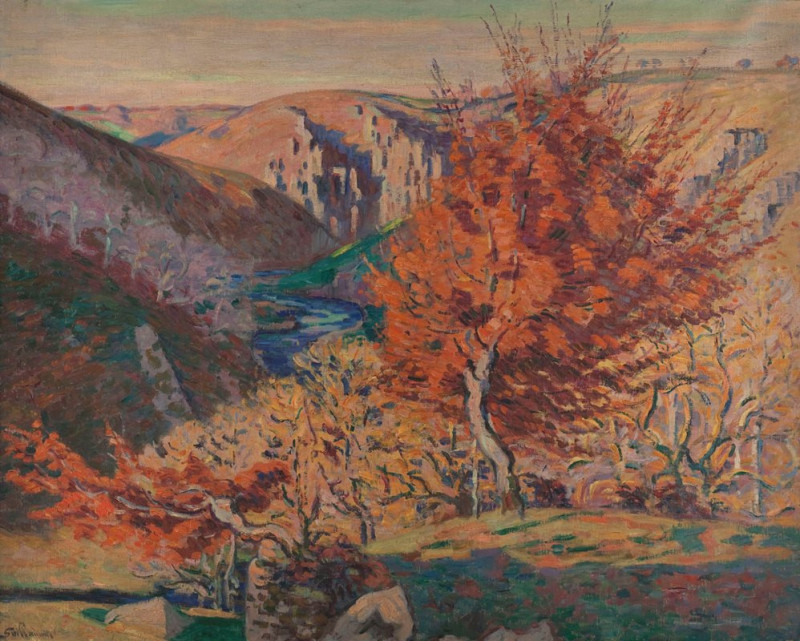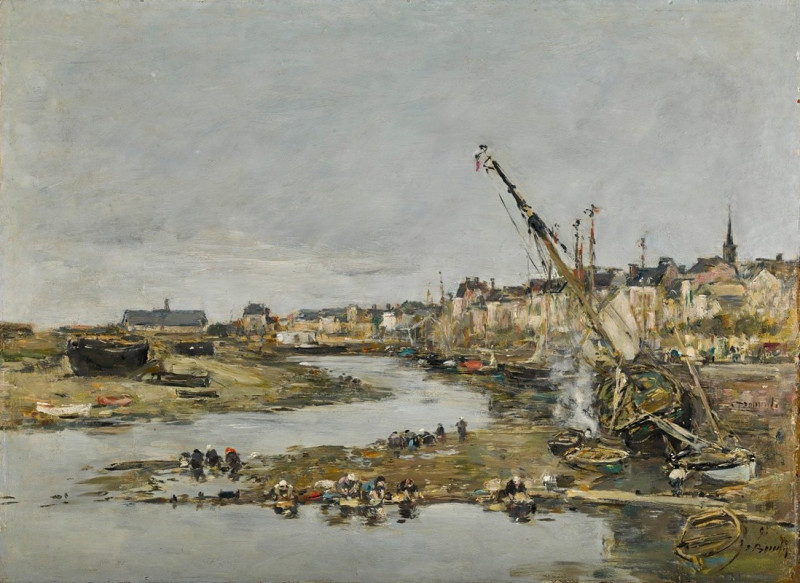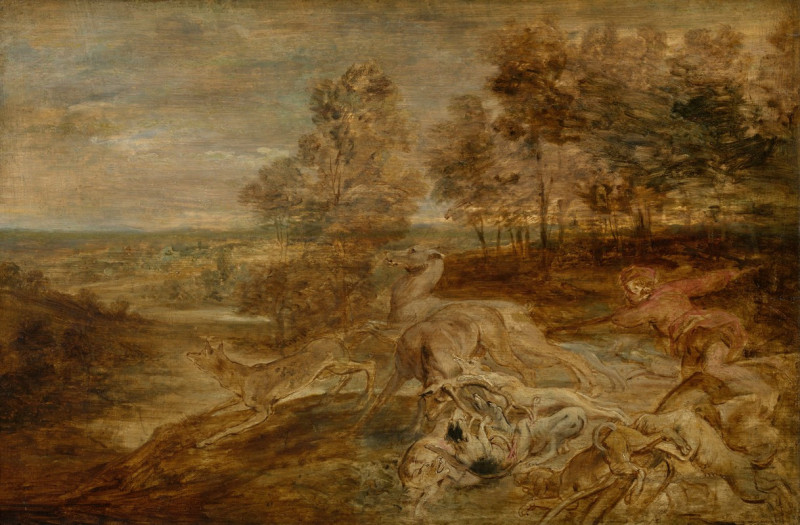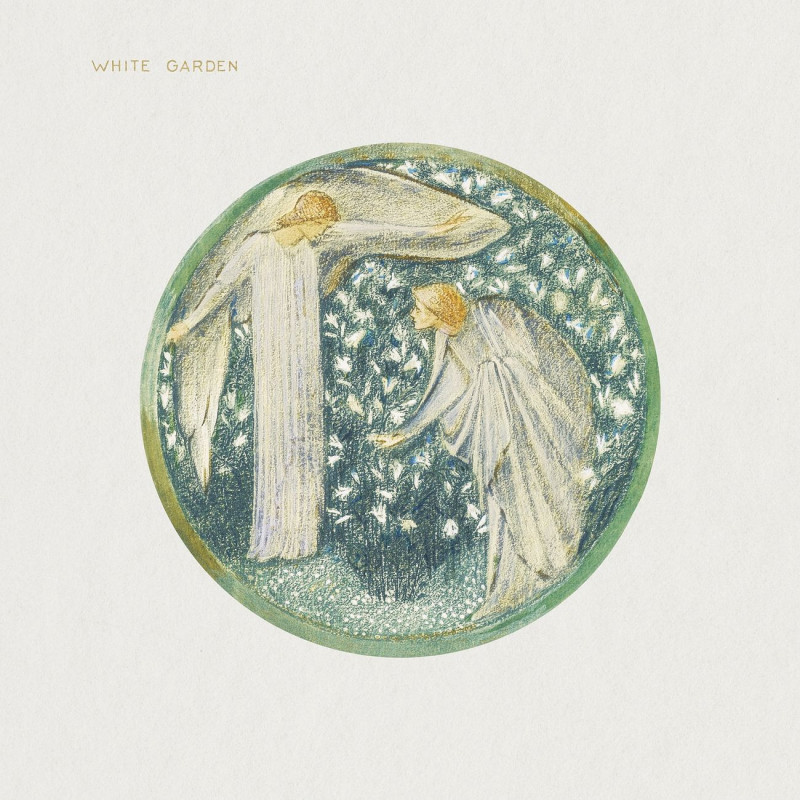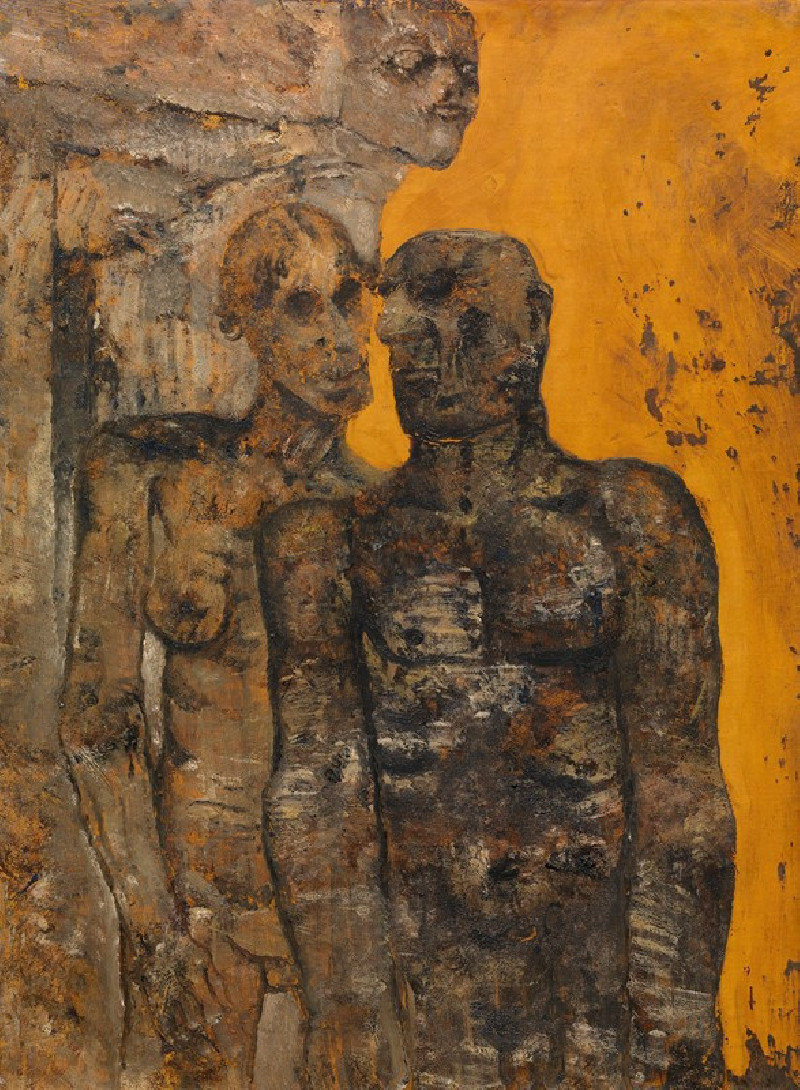Hager Selsilis [Gebel el-Silsila]. (1846-1849)
Technique: Giclée quality print
Recommended by our customers
More about this artwork
David Roberts' captivating landscape, titled , unveils the serene beauty of the Nile River at Gebel el-Silsila in Egypt. This painting is a masterful exhibition of Roberts' skill in capturing the majesty of Egyptian landscapes and the vibrant everyday life along the Nile.The tranquil waters of the river reflect the soft hues of the setting sun, which begins its descent behind the distant hills. The gentle gradients of blues and grays mingle with the warming tones of the horizon, creating a serene yet lively scene. Two feluccas—traditional, wooden sailing boats with large triangular sails—are depicted gracefully gliding on the gentle currents of the river. These boats, essential for transportation and fishing, are beautifully rendered with meticulous detail in the sails' texture and the fluid lines of the hulls.On the riverbank in the foreground, a small, intimate human scene unfolds. Figures appear engaging in daily activities, some managing fishing lines while others seem to be in leisurely conversation. This inclusion of human elements enhances the scene's vitality, suggesting the symbiosis between the Nile and the people who depend on it.The background reveals the rugged, rocky terrain of the Gebel el-Silsila, known for its sandstone quarries used in ancient times. The softening light washes over these cliffs, casting long shadows and highlighting their rugged textures, which stands in stark contrast to the smooth fluidity of the river.Through this portrayal, David Roberts not only showcases his artistic prowess but also his profound appreciation for the landscape and cultural tapestry of Egypt.
Delivery
Returns
David Roberts (24 October 1796 – 25 November 1864) was a Scottish painter. He is especially known for The Holy Land, Syria, Idumea, Arabia, Egypt, and Nubia, a prolific series of detailed lithograph prints of Egypt and the Near East that he produced from sketches he made during long tours of the region (1838–1840). These and his large oil paintings of similar subjects made him a prominent Orientalist painter. He was elected as a Royal Academician in 1841.

![Hager Selsilis [Gebel el-Silsila]. (1846-1849) reproduction of painting by David Roberts. ALL GICLEE PRINTS Hager Selsilis [Gebel el-Silsila]. (1846-1849) reproduction of painting by David Roberts. ALL GICLEE PRINTS](https://reprodukcijos.lt/39246-large_default/reproduction-of-hager-selsilis-gebel-el-silsila-1846-1849.jpg)
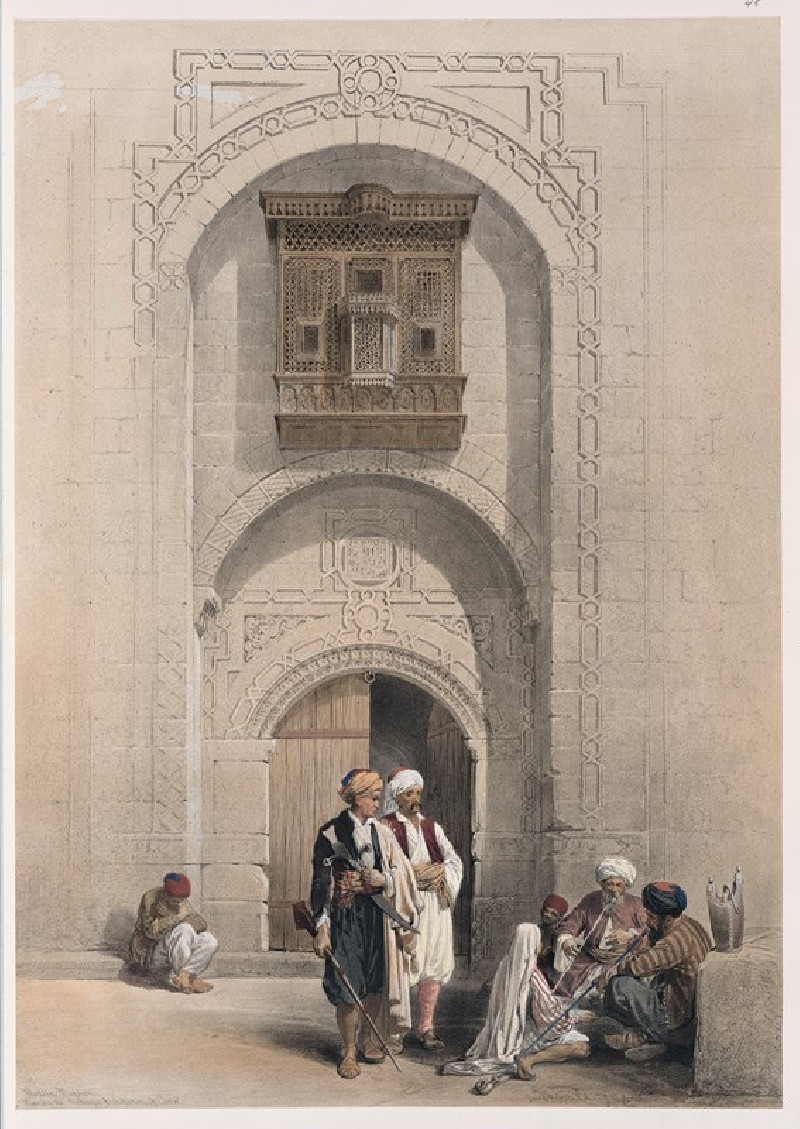
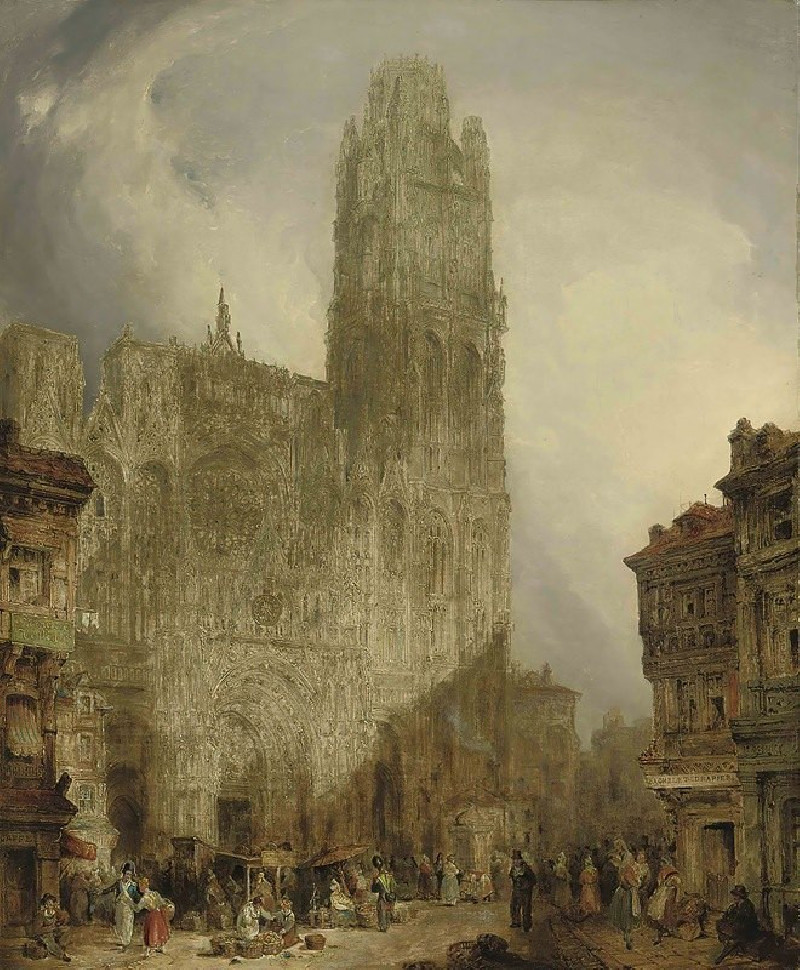
![Siout [Asyût]. Upper Egypt. (1846-1849) reproduction of painting by David Roberts. ALL GICLEE PRINTS](https://reprodukcijos.lt/39216-large_default/reproduction-of-siout-asyut-upper-egypt-1846-1849.jpg)
![Hermont [Armant], ancient Hirmonthis. Nov. 26th, 1838. (1846-1849) reproduction of painting by David Roberts. ALL GICLEE PRINTS](https://reprodukcijos.lt/39215-large_default/reproduction-of-hermont-armant-ancient-hirmonthis-nov-26th-1838-1846-1849.jpg)
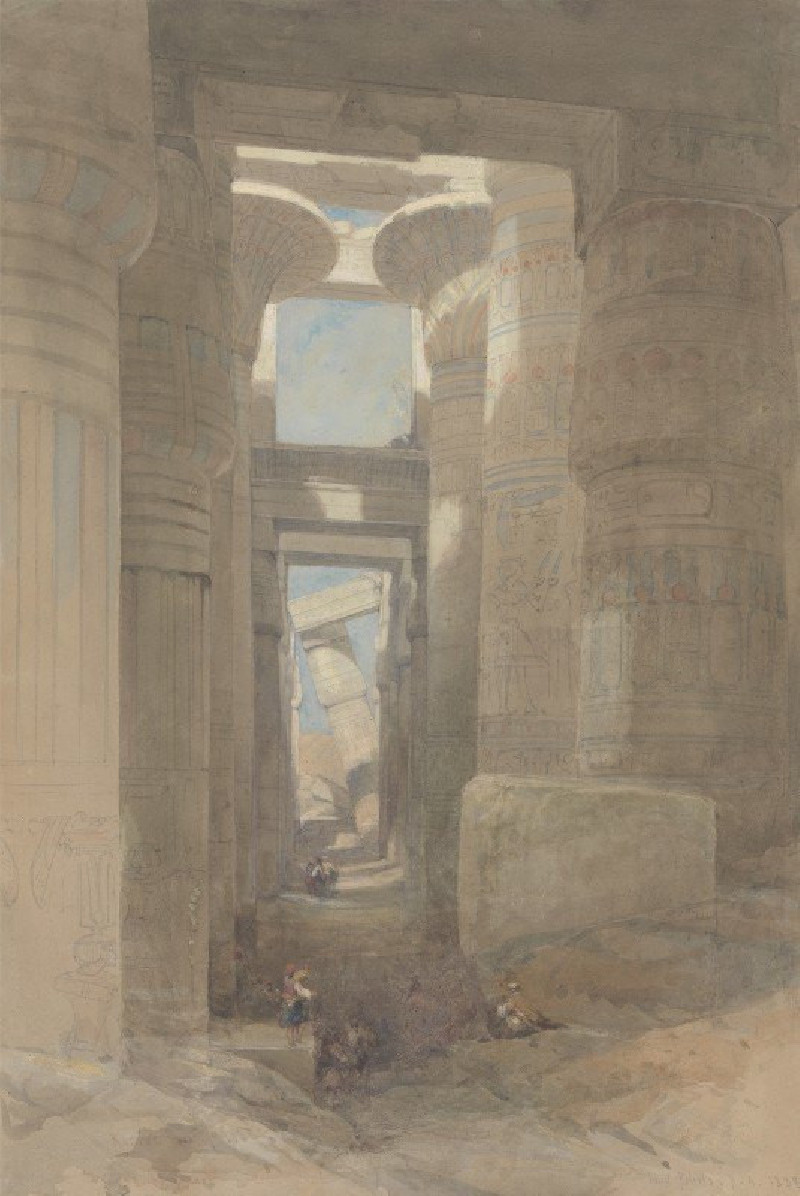
![Temple of Wady Saboua [Wadi al-Sabua], Nubia. (1846-1849) reproduction of painting by David Roberts. ALL GICLEE PRINTS](https://reprodukcijos.lt/39213-large_default/reproduction-of-temple-of-wady-saboua-wadi-al-sabua-nubia-1846-1849.jpg)
![Portico of the Temple of Edfou [Idfû], Upper Egypt. Nov. 23rd, 1838. (1846-1849) reproduction of painting by David Roberts. A...](https://reprodukcijos.lt/39212-large_default/reproduction-of-portico-of-the-temple-of-edfou-idfu-upper-egypt-nov-23rd-1838-1846-1849.jpg)
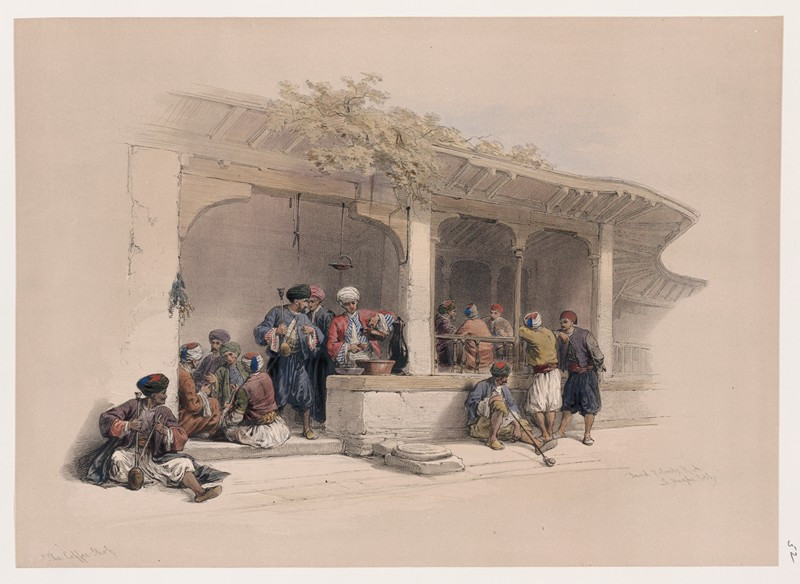

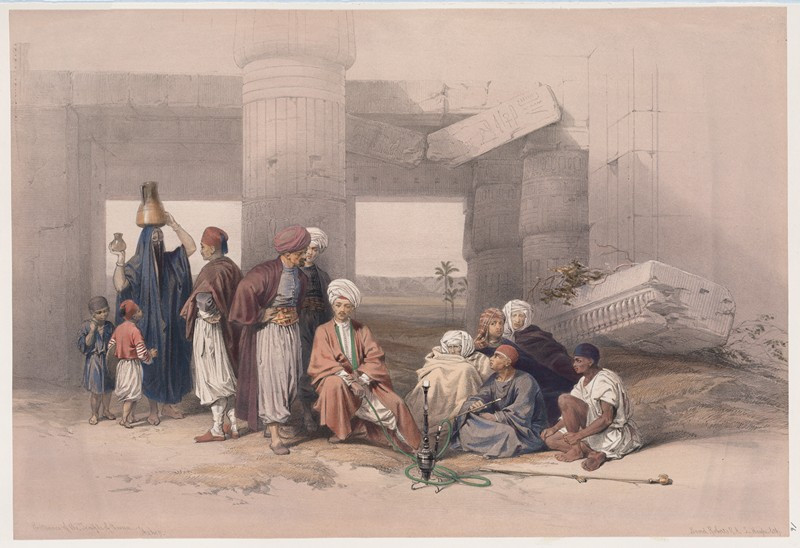
![Edfou [Edfu, Idfû]. Nov. 24th, 1838. (1846-1849) reproduction of painting by David Roberts. ALL GICLEE PRINTS](https://reprodukcijos.lt/39208-large_default/reproduction-of-edfou-edfu-idfu-nov-24th-1838-1846-1849.jpg)
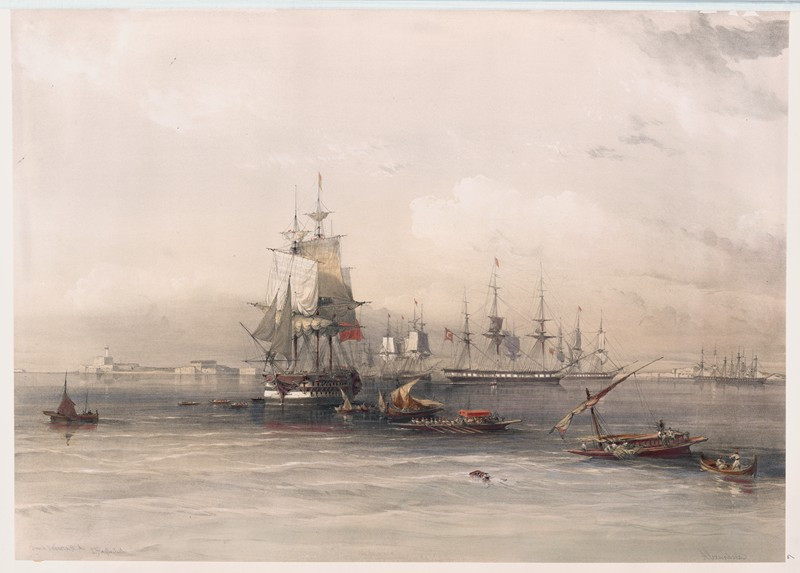
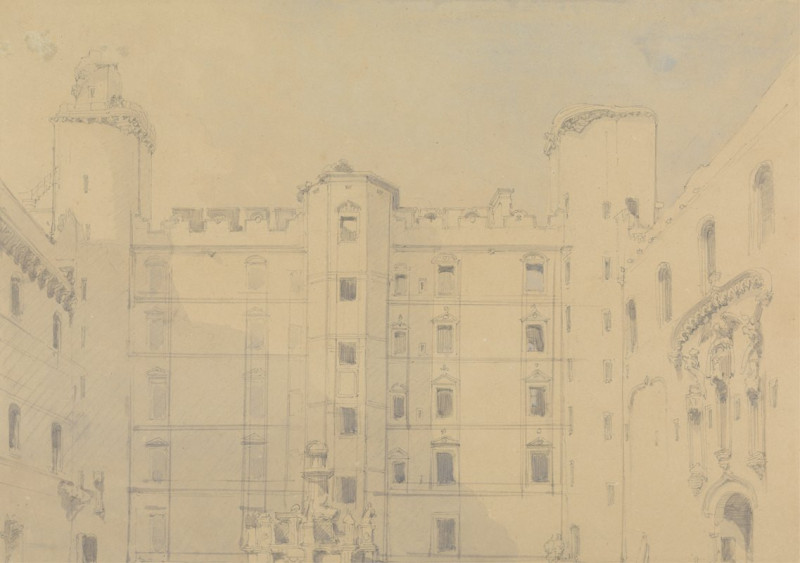
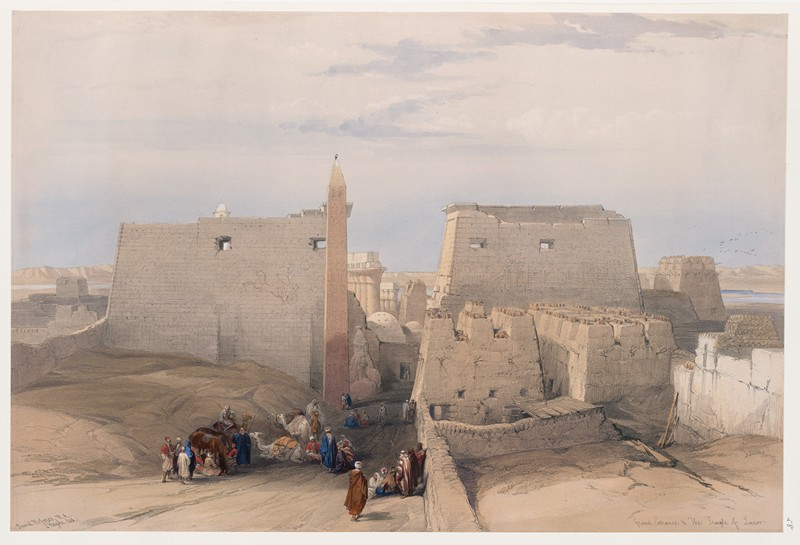

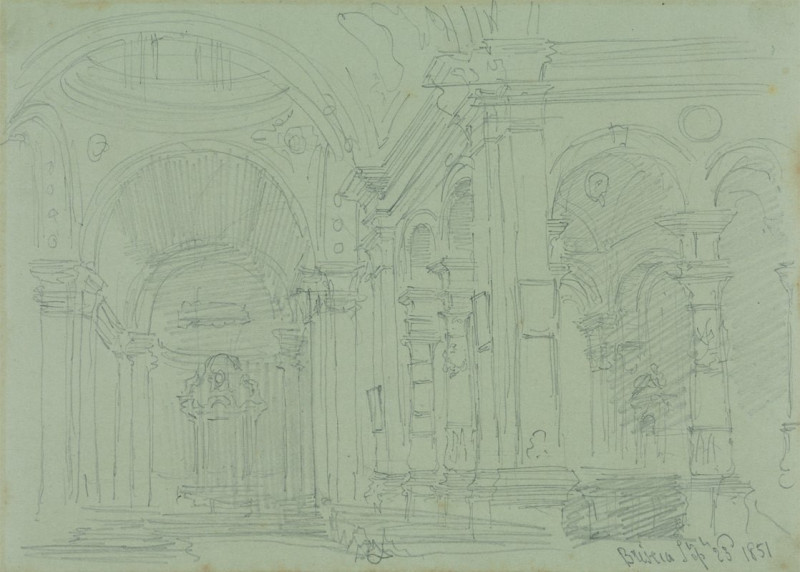
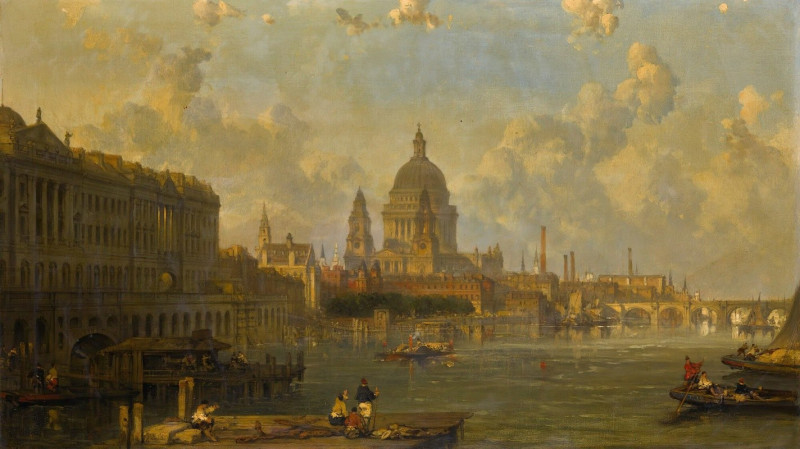
![Temple of Kalabshee [Kalabsha, Kalâbishah], Nubia. Nov. 1838. (1846-1849) reproduction of painting by David Roberts. ALL GICL...](https://reprodukcijos.lt/39201-large_default/reproduction-of-temple-of-kalabshee-kalabsha-kalabishah-nubia-nov-1838-1846-1849.jpg)
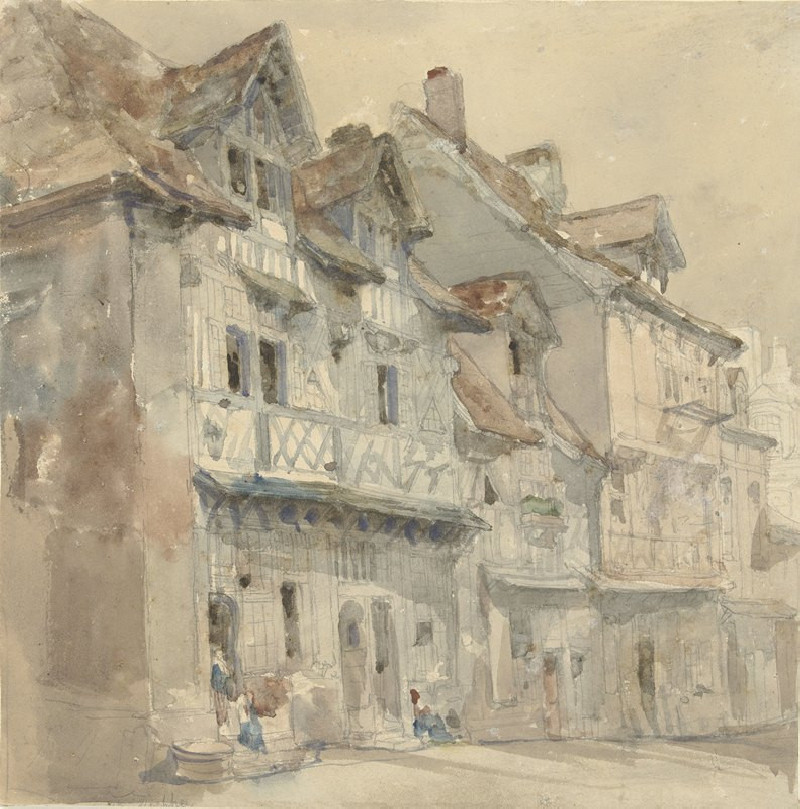
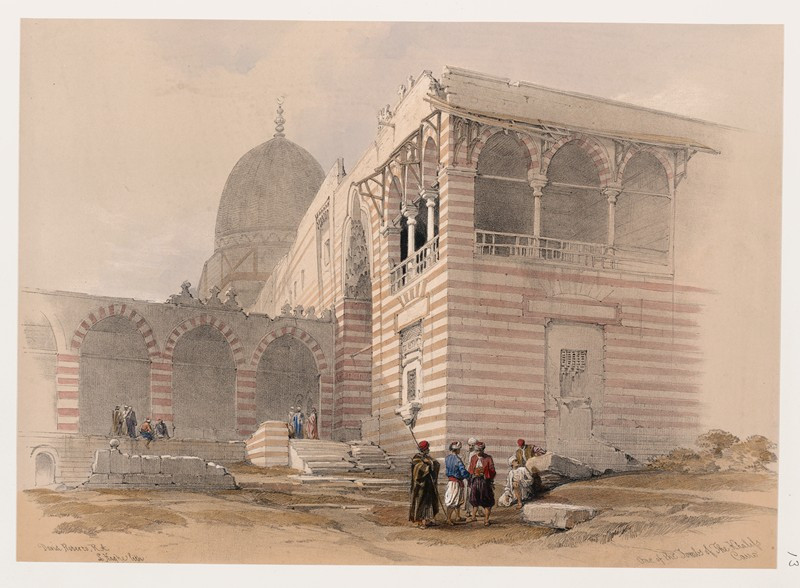

![Ruins of the Temple of Kardeseh [Qirtâsî], Nubia. (1846-1849) reproduction of painting by David Roberts. ALL GICLEE PRINTS](https://reprodukcijos.lt/39187-large_default/reproduction-of-ruins-of-the-temple-of-kardeseh-qirtasi-nubia-1846-1849.jpg)
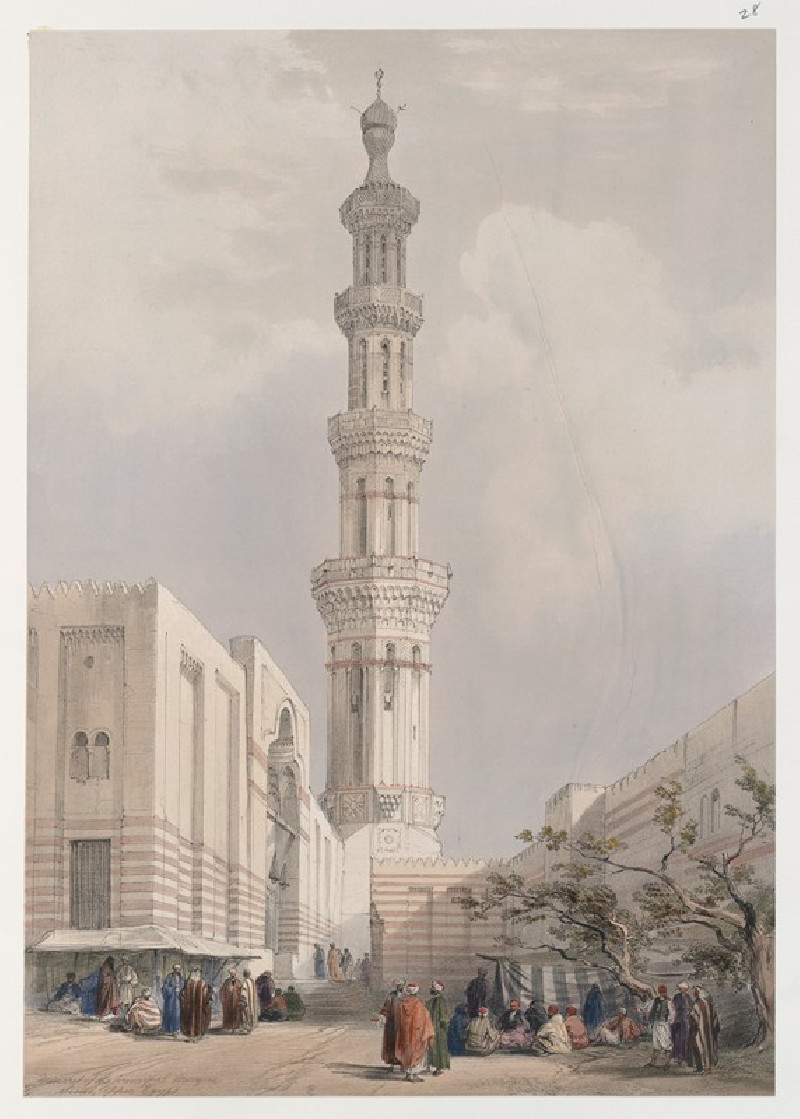
![Pyramids of Geezeh [Giza]. (1846-1849) reproduction of painting by David Roberts. ALL GICLEE PRINTS](https://reprodukcijos.lt/39185-large_default/reproduction-of-pyramids-of-geezeh-giza-1846-1849.jpg)
![Excavated temples of Aboosimble [Abû Sunbul], Nubia. (1846-1849) reproduction of painting by David Roberts. ALL GICLEE PRINTS](https://reprodukcijos.lt/39184-large_default/reproduction-of-excavated-temples-of-aboosimble-abu-sunbul-nubia-1846-1849.jpg)

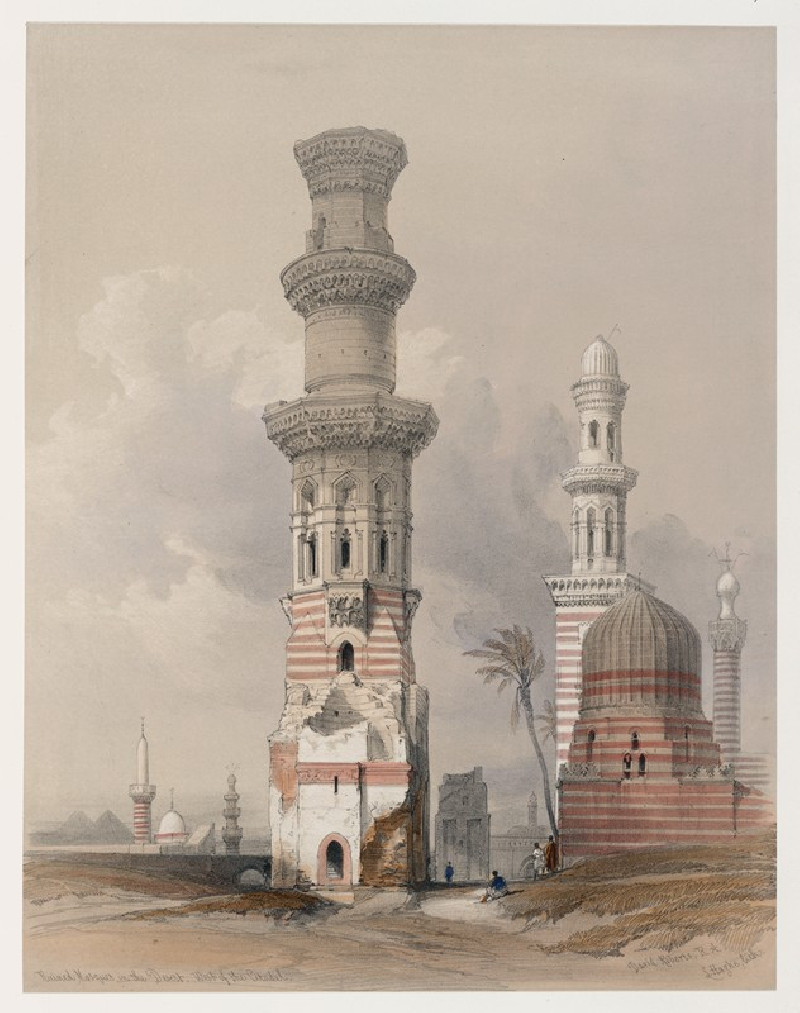


![Dayr el Medeeneh [Dayr al-Madînah], Thebes. (1846-1849) reproduction of painting by David Roberts. ALL GICLEE PRINTS](https://reprodukcijos.lt/39182-large_default/reproduction-of-dayr-el-medeeneh-dayr-al-madinah-thebes-1846-1849.jpg)
